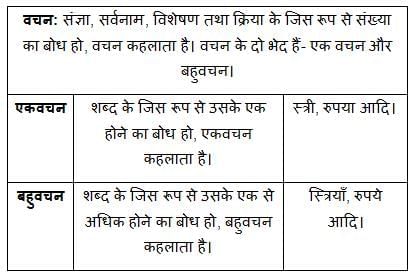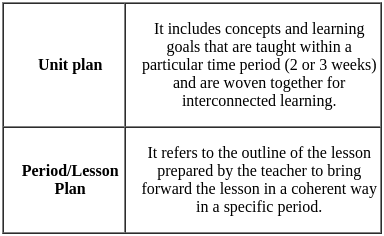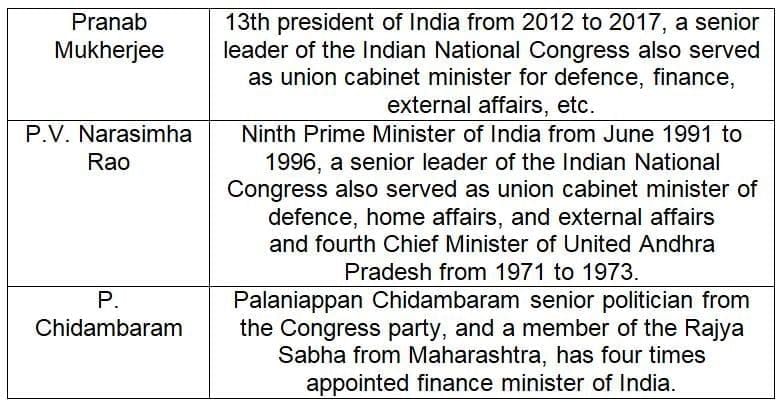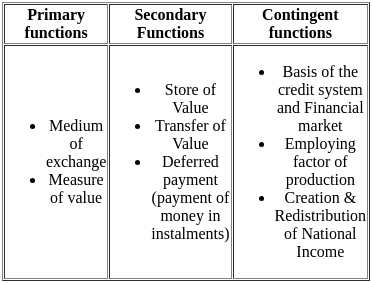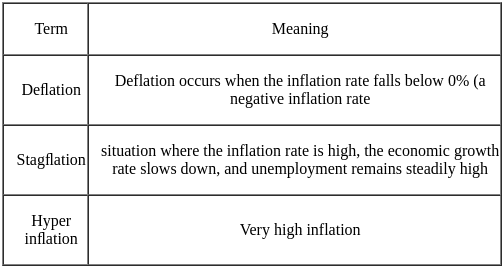MPTET Exam > MPTET Tests > MPTET Varg 1 Economics Mock Test - 3 - MPTET MCQ
MPTET Varg 1 Economics Mock Test - 3 - MPTET MCQ
Test Description
30 Questions MCQ Test - MPTET Varg 1 Economics Mock Test - 3
MPTET Varg 1 Economics Mock Test - 3 for MPTET 2025 is part of MPTET preparation. The MPTET Varg 1 Economics Mock Test - 3 questions and answers have been prepared
according to the MPTET exam syllabus.The MPTET Varg 1 Economics Mock Test - 3 MCQs are made for MPTET 2025 Exam.
Find important definitions, questions, notes, meanings, examples, exercises, MCQs and online tests for MPTET Varg 1 Economics Mock Test - 3 below.
Solutions of MPTET Varg 1 Economics Mock Test - 3 questions in English are available as part of our course for MPTET & MPTET Varg 1 Economics Mock Test - 3 solutions in
Hindi for MPTET course.
Download more important topics, notes, lectures and mock test series for MPTET Exam by signing up for free. Attempt MPTET Varg 1 Economics Mock Test - 3 | 150 questions in 150 minutes | Mock test for MPTET preparation | Free important questions MCQ to study for MPTET Exam | Download free PDF with solutions
MPTET Varg 1 Economics Mock Test - 3 - Question 1
दिए गए विकल्पों में बहुवचन शब्द की पहचान कीजिए :
Detailed Solution for MPTET Varg 1 Economics Mock Test - 3 - Question 1
MPTET Varg 1 Economics Mock Test - 3 - Question 2
रिक्त स्थान की पूर्ति कीजिए।
ताजमहल______ का एक अद्भुत नमूना है।
ताजमहल______ का एक अद्भुत नमूना है।
Detailed Solution for MPTET Varg 1 Economics Mock Test - 3 - Question 2
MPTET Varg 1 Economics Mock Test - 3 - Question 3
निर्देश: इन प्रश्नों में दिए गए वाक्यांशों के सही अर्थ को व्यक्त करने वाला शब्द (अनेक शब्दों के लिए एक शब्द) दिए गए विकल्पों में से चुनिए।
जो ममत्व से रहित हो
Detailed Solution for MPTET Varg 1 Economics Mock Test - 3 - Question 3
Detailed Solution for MPTET Varg 1 Economics Mock Test - 3 - Question 4
Detailed Solution for MPTET Varg 1 Economics Mock Test - 3 - Question 5
MPTET Varg 1 Economics Mock Test - 3 - Question 6
Which statement is false regarding the achievement test?
Detailed Solution for MPTET Varg 1 Economics Mock Test - 3 - Question 6
MPTET Varg 1 Economics Mock Test - 3 - Question 7
A plan prepared keeping in view of the lessons to be taught month wise in an academic year is called
Detailed Solution for MPTET Varg 1 Economics Mock Test - 3 - Question 7
MPTET Varg 1 Economics Mock Test - 3 - Question 8
What is the best example of intrapersonal communication?
Detailed Solution for MPTET Varg 1 Economics Mock Test - 3 - Question 8
Detailed Solution for MPTET Varg 1 Economics Mock Test - 3 - Question 9
MPTET Varg 1 Economics Mock Test - 3 - Question 10
If two lines of regression are perpendicular, then the correlation coefficient r is
Detailed Solution for MPTET Varg 1 Economics Mock Test - 3 - Question 10
Detailed Solution for MPTET Varg 1 Economics Mock Test - 3 - Question 11
Detailed Solution for MPTET Varg 1 Economics Mock Test - 3 - Question 12
Detailed Solution for MPTET Varg 1 Economics Mock Test - 3 - Question 13
MPTET Varg 1 Economics Mock Test - 3 - Question 14
The variance of given observation is 5. If each observation is multiplied by 2 then find new variance.
Detailed Solution for MPTET Varg 1 Economics Mock Test - 3 - Question 14
MPTET Varg 1 Economics Mock Test - 3 - Question 15
Who was authorized to approve the Five Year Plans in India?
Detailed Solution for MPTET Varg 1 Economics Mock Test - 3 - Question 15
Detailed Solution for MPTET Varg 1 Economics Mock Test - 3 - Question 16
MPTET Varg 1 Economics Mock Test - 3 - Question 17
Which of the following is not related to World Bank?
Detailed Solution for MPTET Varg 1 Economics Mock Test - 3 - Question 17
MPTET Varg 1 Economics Mock Test - 3 - Question 18
Which of the following sectors faces the problem of seasonal unemployment ?
Detailed Solution for MPTET Varg 1 Economics Mock Test - 3 - Question 18
MPTET Varg 1 Economics Mock Test - 3 - Question 19
If MPS = 0.25, the value of the multiplier will be______________.
Detailed Solution for MPTET Varg 1 Economics Mock Test - 3 - Question 19
MPTET Varg 1 Economics Mock Test - 3 - Question 20
Unemployment and poverty estimates in India are based on-
Detailed Solution for MPTET Varg 1 Economics Mock Test - 3 - Question 20
MPTET Varg 1 Economics Mock Test - 3 - Question 21
Which of the following statement is correct ?
Detailed Solution for MPTET Varg 1 Economics Mock Test - 3 - Question 21
MPTET Varg 1 Economics Mock Test - 3 - Question 22
Which of the following statements with respect to the law of variable proportions is true?
Detailed Solution for MPTET Varg 1 Economics Mock Test - 3 - Question 22
MPTET Varg 1 Economics Mock Test - 3 - Question 23
Non- Agricultural Products Market Access is part of which organization?
Detailed Solution for MPTET Varg 1 Economics Mock Test - 3 - Question 23
MPTET Varg 1 Economics Mock Test - 3 - Question 24
Who among the following was the Finance Minister of India when economic reforms and liberalization started in 1991?
Detailed Solution for MPTET Varg 1 Economics Mock Test - 3 - Question 24
Detailed Solution for MPTET Varg 1 Economics Mock Test - 3 - Question 25
MPTET Varg 1 Economics Mock Test - 3 - Question 26
'Crowding out' is more likely to occur when ______.
Detailed Solution for MPTET Varg 1 Economics Mock Test - 3 - Question 26
MPTET Varg 1 Economics Mock Test - 3 - Question 27
Which of the following is/are the source(s) of rural employment?
Detailed Solution for MPTET Varg 1 Economics Mock Test - 3 - Question 27
MPTET Varg 1 Economics Mock Test - 3 - Question 28
Which of the following is a primary function of Money?
Detailed Solution for MPTET Varg 1 Economics Mock Test - 3 - Question 28
MPTET Varg 1 Economics Mock Test - 3 - Question 29
The activities in primary, secondary, and tertiary sectors are
Detailed Solution for MPTET Varg 1 Economics Mock Test - 3 - Question 29
MPTET Varg 1 Economics Mock Test - 3 - Question 30
Economic growth is usually coupled with ________.
Detailed Solution for MPTET Varg 1 Economics Mock Test - 3 - Question 30
View more questions
Information about MPTET Varg 1 Economics Mock Test - 3 Page
In this test you can find the Exam questions for MPTET Varg 1 Economics Mock Test - 3 solved & explained in the simplest way possible.
Besides giving Questions and answers for MPTET Varg 1 Economics Mock Test - 3, EduRev gives you an ample number of Online tests for practice
Download as PDF


